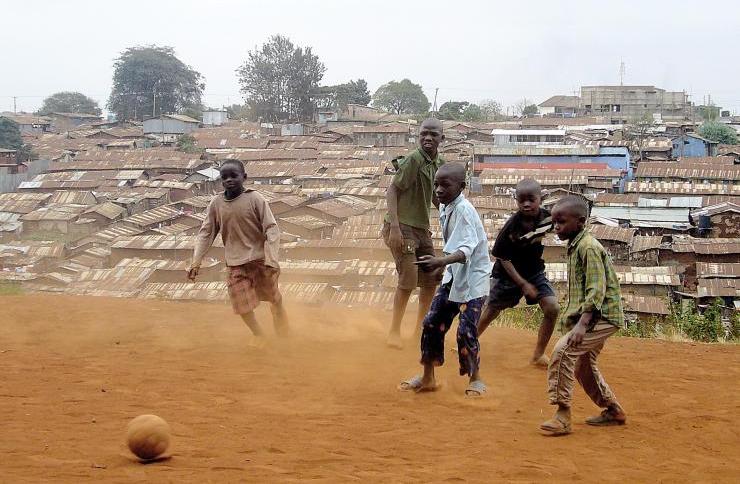Urbanisation and Climate Change in Africa.

About 53% of Africa’s population lives in rural areas. Six decades ago, it was 85.38 percent. The percentage varies greatly from country to country: 85.58% in Burundi, 83.11 in Niger, 82.28 in Rwanda, 9.27 in Gabon, 18.70 in Libya and 21.62 in Djibouti.
These data show that more and more people are migrating to cities in Africa. The United Nations predicts that more than two-thirds of the world’s population will live in urban areas by 2025. And Africa, together with Asia, will lead to this increase.
Of the 2.5 billion people who will join the world’s urban population, 90% will be concentrated on these two continents. These sources estimate that the tipping point will occur around 2033, when the urban population in Africa surpasses rural areas reaching, by 2050, 60% of the total inhabitants of the continent.
Today, Southern Africa is the most urbanized region on the continent. Northern and Central Africa have more than 50% of people living in cities. West Africa is slowing down but is progressively catching up with other areas.
In this region is Nigeria, with the city of Lagos, home to the largest percentage of the continent’s urban population, and it looks like it will continue to hold this title for a long time, although the metropolis that hosts the largest number of inhabitants is Cairo. Likewise, the Democratic Republic of Congo stands out as a country that will reach 126 million people living in cities by 2050, especially in Kinshasa.
Sixty percent of sub-Saharan Africa’s urban population live in what is known as informal areas, according to the African Cities Research Consortium. And this is where one of the main problems of these cities lies. They reflect the rapid, unplanned and sometimes chaotic growth of cities. These areas are increasingly vulnerable to the impact of climate change. Furthermore, they have little, if any, ability to adapt.
It is known that despite having lower emissions and therefore contributing less to global warming, Africa faces serious risks. They threaten to reverse the progress made in recent decades in development or poverty reduction.
The lack of infrastructure to help reduce risks, the high percentage of the continent’s population dependent on natural resources or climatology for their livelihoods, as well as the strangulation of public health services and the low levels of formal education accentuate the risks of a catastrophe. Some analysts predict that by the middle of this century, nearly 80 million Africans will be at risk of starvation, most of them urban dwellers.
We don’t have to wait until 2050. Climate change is already here. It affects African cities stressed by huge floods or recurring droughts. Families, businesses, infrastructure or supply chains are already disrupted by this phenomenon. In the coming decades, this situation will go further. Thus, the sustainable development dreamed of by the SDGs is difficult to achieve in Africa.
Solid waste collection and treatment, recycling, transportation and infrastructure deficiencies, etc., are issues that also filter down through African cities. And despite this, few solutions are offered.
The most appropriate option is that, where possible, African metropolises opt for more sustainable, clean and ecological development. This would make these cities more liveable and resilient to climate change. However, the impression is that most of them are left behind on this path. They choose to give more space to cars, large buildings and development projects that do not take into account respect for the environment.
An example of a person who understood the need to change the way cities are designed is the mayor of Freetown. Torrential rains that normally inundate the city caused a landfall in August 2017 that took the lives of 1,141 citizens and destroyed parts of Sierra Leone’s capital. Once Yvonne Aki-Sawyerr took office, she launched the “Freetown the Treetown” initiative in 2020.
Funded by the sale of carbon credits, 600,000 trees have already been planted in and around the city. Eighty per cent survived. And at the end of this year, we want to reach the figure of one million. This project was accompanied by extensive efforts to clean up Freetown’s streets and upgrade its drainage system. Furthermore, it promoted the use of renewable, particularly photovoltaic, energy.
A bit of an exception, Aki-Sawyerr understood that only the transformation of her city into a more sustainable model that harmonizes its growth with the environment is the only thing that can save it and its inhabitants. (Photo: Kibera on the outskirts of Nairobi. It is one of the largest settlements in Africa. File Swm.
Chema Caballero



